Dragon’s nest
Every year, around that time, I find myself in the meteorological awe. This year is no different. I’m genuinely in love with meteorology. I love to know why things happen in the atmosphere, so new stuff makes me excited, like a kid for a new toy. I won’t lie, it can be a little scary at times, but hey, that kind of fear and I are old pals by now.
So here we are… new continent, new ocean, new weather patterns. This is a story of embracing the NEW. This is my meteo-thriller. But… before you dive into this tale, a wee disclaimer is in order (I wouldn’t want you to think we are some kind of sailing looneys🤪). We had been preparing ourselves for this route for a while. We knew it would be something like this, and that, at some point, we would be sailing during hurricane season. This story is a story of every sailor confronted by Nature. We all are. The consequences for sailors are often just more severe.
This is the story of being utterly smitten by the sheer power of Mother Nature.
Hurricanes
After a few seasons in the Caribbean, we got used to hurricanes. By “used to” I mean we knew how to manage ourselves during the H-season. First season was kind of funny, because we didn’t know what to expect, and we also kinda didn’t believe local resident sailors that “it is fine ”! We prepped ourselves really well. 3 seasons and one pandemic later, we confirm – it was fine. Sailing during hurricane season is really pleasant. Less crowded, less windy and if you exercise the right dose of caution, you should be fine as well. But then… then we sailed further west…
Thunderstorms
The northern coast of South America introduced us to thunderstorms. Not the typical Caribbean ones that come, blow, few kabooms and drift away with the trade winds. These Colombian ones were steady, freaky monsters, sitting on top of the Sierra Nevada de Santa Marta. At that point, we were kind of newbies to the equatorial thunderstorms, so we zigzagged, trying to avoid them. Back then, we thought we were succeeding. In fact were just making fools out of ourselves in front of Zeus, Odin… Seriously, what’s the name of the God of Thunder in the tropics? I bet those two are busy in Europe. Let me know. Meanwhile… we sailed further west…
Culo de Pollo [koo-loh deh poh-yoh😀]
Ya man… Now we have entered the world of kinky names for vicious, tropical weather phenomena.
Culo de Pollo literally translates to Chicken’s Ass. Some say it’s because the cloud resembles a chicken’s derriere, others claim it makes palm tree tops look like one. Feel free to choose. Anyhow… Culo de Pollo goes down in the Gulf of Uraba, which stretches between Panama and Colombia on the Caribbean side. It is very characteristic. Comes very quickly. You can’t really see it until it’s there. Blows between early 30’s to almost 60 knots, and when it starts to rain, it’s over. It is a fairly short show, but you can’t really ignore it. It catches all newbies who come to Gunayala (proper name for San Blas) as you really need to make sure that you have enough space for anchoring not only for easterlies, northerlies but also for damn southerlies, and anchorages there are really tight. We went through a few of these. Nothing serious, nothing damaged.
But then… we sailed further west…
Dragon’s Nest
We were somehow convinced that once we cross the canal we will be done with ‘Culos’. We had also, sort of, come to terms with thunderstorms. A year in Panama made a difference. We went through all sorts of them. We were lucky enough not to lose anything to lightning or electro-magnetic surges. Yeah.. Let’s say that we were not freaked out when the first thunderstorm of the wet season came.
Panama to El Salvador
First leg on the Pacific coast of Panama was easy. Nice wind, nice sailing, absolutely mindblowing bioluminescence and hundreds of dolphins. Just behind the corner, between mainland and Cohiba Island we got caught in the narrow passage, surrounded by fishing nets. Nowhere to run to, baby. This was our first really close hit. Not more than 50m. Exactly between us and our buddy boat, LaVision. It was like sitting in the front row of a fireworks show.
It was May, so we knew more of them were lurking ahead. The distance between Panama and El Salvador is about 600 nautical miles. As much as we had some wind by the coast of Costa Rica, further it was nothing. Zero, zilch, nada! I admit, the view of the glassy ocean is breathtaking. Downside however, apart from massive diesel bills, is that still water is heating up during the day, and at night… you don’t wanna know.
Believe it or not, every single country in Central America claims to be the world capital of thunderstorms! None of them is (it’s Lake Maracaibo in Venezuela, then Kongo), but the third and further on – yep, Central America! As we sailed along the coast, we found ourselves in the birthplace of cumulonimbus, thunder-motherefin’-clouds! Every day, innocent baby cumulus were evolving, first into a scary looking, but harmless teenage phase, to end up as full-blown lightning-spitting dragons. Oddly enough, we even began to appreciate them at some point, mainly because at least we knew where they were. We saw them coming, and we could even dodge a few.
Whole different story, when a haze rolled in. Then their presence was indicated only by the slight change of color. As the sky turned darker, it was already a fully grown dragon. Nothing on the radar, position unknown. General direction – “somewhere in the half of the sky”. Not helpful. We could see them on the satellite irfanview, but our Starlink was not on the whole day long… We tried to be smart during the first few giants, zigzagging in the torrential rains, but eventually each and every one of them defeated us. They were just too big! At some point, Marcin said that if we cannot avoid them, we might as well stick to our course. And so, we did. Once again, we were lucky. We were not hit directly. None of our two buddy-boats were then.
El Salvador to Mexico
I know it sounds like a sailor’s tale, but trust me, it got worse and worse. We couldn’t find even two days to sail without thunderstorms in the forecast. We noticed that every weather model had a problem with the Dragon’s Nest. Easier days looked terrible on the weather maps, and the scary storms didn’t even come up. None of the models was even close. We were down to watching clouds around us, radar at night, and satellite when Starlink was on. The logic was simple: keep sailing, and seek shelter in ports (if possible) whenever it was too intensive. And that’s how we got to Puerto Chiapas, the first port in Mexico.
But then… yes, you guessed it, we sailed further west…
Tehuantepec
We recently sailed across two infamous places: Papagayos (coast of Nicaragua) and Tehuantepec (in Mexico), both famous for wild winds and waves in… dry season. As much as the first one gave us a fresh breeze and a bit of sailing, crossing Tehuantepec only inflated our already enormous diesel bill.
Puerto Chiapas, just by the Guatemalan border, is the last reasonable hurricane hole until Bahia Banderas, which is about 1000 nautical miles away. Once you leave, there is no turning back. We crossed the Gulf of Tehuantepec in the absolutely flat sea, accompanied by you know what… The waters in the gulf are shallow and heat up to absurd temperatures of 36C+. We know this because we swam in that bathtub and it gives no relief! Thunderstorms gain extra power there. They don’t just electrocute the planet, they try to initiate epilepsy by lightning that comes in the frequency of a stroboscope, and thunder?… it just growls continuously all night long, and the closer you get to the shore, the more amplified it is by the rocky mountains around. Again we were lucky, nobody was hit, nothing damaged!
Just as we dropped the anchor on the other side, the port captain informed us that he was closing the port in a couple of days. The first tropical storm of the hurricane season was on its way. It is always that way… it’s not the calendar date that marks the season’s start, but the arrival of that first storm.
Back then, we were looking for some pattern to figure out the strategy to sail up north. We noticed a few trends. Early-season tropical storms, born in Dragon’s Nest, are mostly “fish storms” as they head to the ocean. They roll however along the coast of Mexico and that’s where we’re heading. Once the first one kicked off, new storms were coming every 3-4 days, and their wake was thunderstorm-free, so… if we go just behind one we should be able to get to Puerto Vallarta with reasonable margin, before another one hits. We were also convinced that thunderstorms would not go farther north than Acapulco. But then… we sailed further west…
That night

From Huatulco to Bahia Banderas is about 700 nautical miles. Acapulco sitts somewhere in the middle. Guess what? There was no magical curtain in the sky to stop the Dragons. No knights to fight them too. Our plan of chasing and running away played very well, until it didn’t. We enjoyed 5 days of smooth sailing in favorable currents. We even had some wind!
When Dragons start their journey west, they push an incredible amount of rain and thunder. The tropical storm behind us sped up and two days before safe haven, we were caught not by that storm, but by that wave of torrential rains. As you can probably tell by now – it was not just rain. I bet that when we, Aga, Paweł, Michał and Marysia will reunite a few years from now, we’ll be telling stories of that night. I am 100% sure that I won’t forget it.
Just picture this: thunderstorms from Colombia, Panama, Costa Rica, Nicaragua, El Salvador all together in one place. Not single but hoards of clouds, covering tens of square miles. Each and every one of them constantly tethered to the ocean’s surface by lightning bolts. As if these clouds were performing a freaky Frankenstein-esque dance. Visibility? Zero. Only flashes of light. And the roar of endless thunder.
Fortunately, our mainsheet traveler broke loose, and at the worst moment we were busy fixing it, so we didn’t have time to freak out completely. Actually, I didn’t have time to freak out, because Marcin was easy like a cucumber all that time. And Vincent? He didn’t even bother to wake up!
It was a two-hour thriller. Tons of water. Michał got zapped by some rogue electron, luckily nothing serious. Again…WE WERE LUCKY! Nobody got a direct hit. Some side surge switched off the plotter on Vision and the top light on Leyla. Our radar gave up during the previous storm, so we were hoping that it might spring back to life, but it didn’t. … Yep, that night made it to the top spot on my freaky, sailing incidents list.
But then… we sailed west…
Chubascos
Just joking! We reached Puerto Vallarta with the sense of relief and a pinch of excitement that we were still in one piece. The tropical storm from behind us, traveled farther to the Pacific, but we collectively decided that it’s enough of “excitement”. One of the factors influencing this decision was a local weather phenomena called Chubasco. In Spanish, it translates to “shower”, but in the Sea of Cortez, where we were headed, it’s the name for yet another meteo-monster.
Chubasco is my latest meteorological fascination. It’s a cloud that forms over the mainland’s desert (mostly) on the eastern shores of Baja California. Unlike typical thunderstorm clouds, the process inside it is different. It can be wet and dry, behaving more like a line wind, a microburst that blows in the high 30s to even 90 knots! Comes with sand and lightning. 🤪, right? We hadn’t experienced that one yet, but just learning about it made me question my own sanity. I mean, why do we have to go there now?
So here we are, moored in the marina, tucked behind some big-ass hotel, in the bay that is surrounded by a mountain range, with peaks up to 3000m. The local legend says that this barrier can stop any hurricane… or perhaps it is our new BS Acapulco?
Yo-ho my friends, and fingers crossed
www.noforeignland.com
www.noforeignland.com


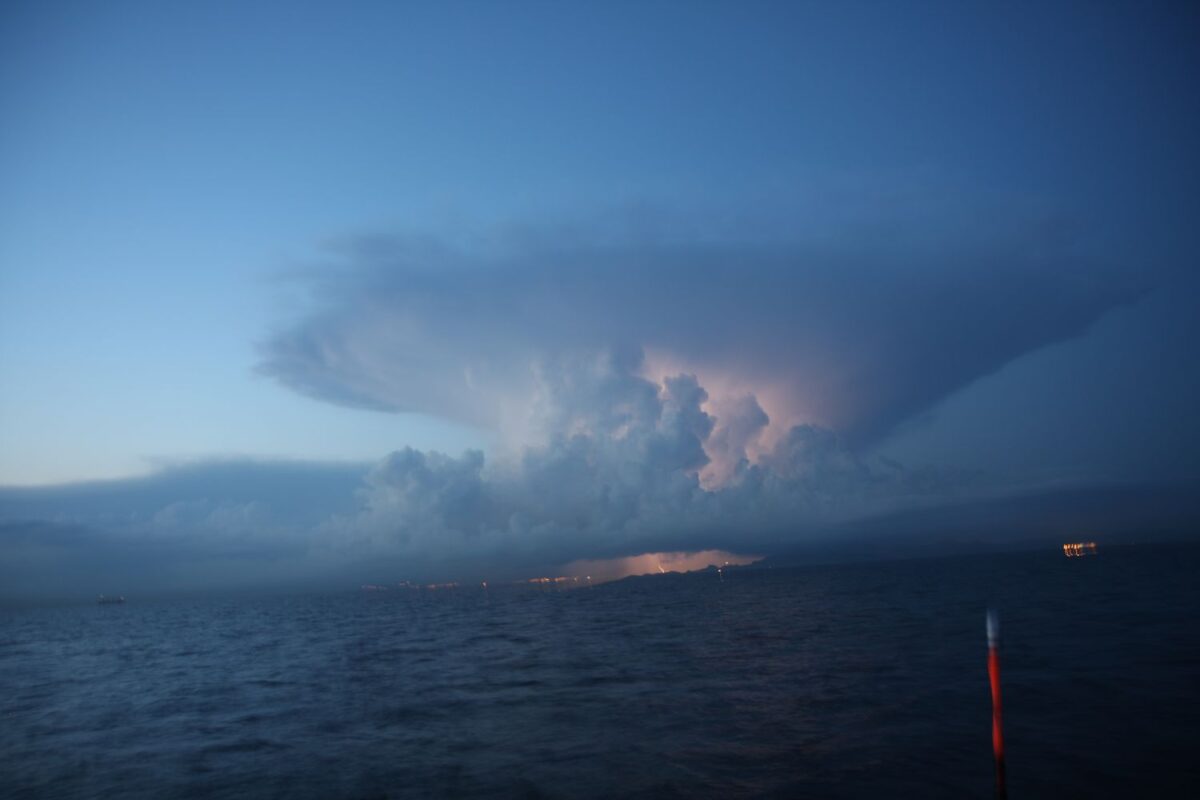
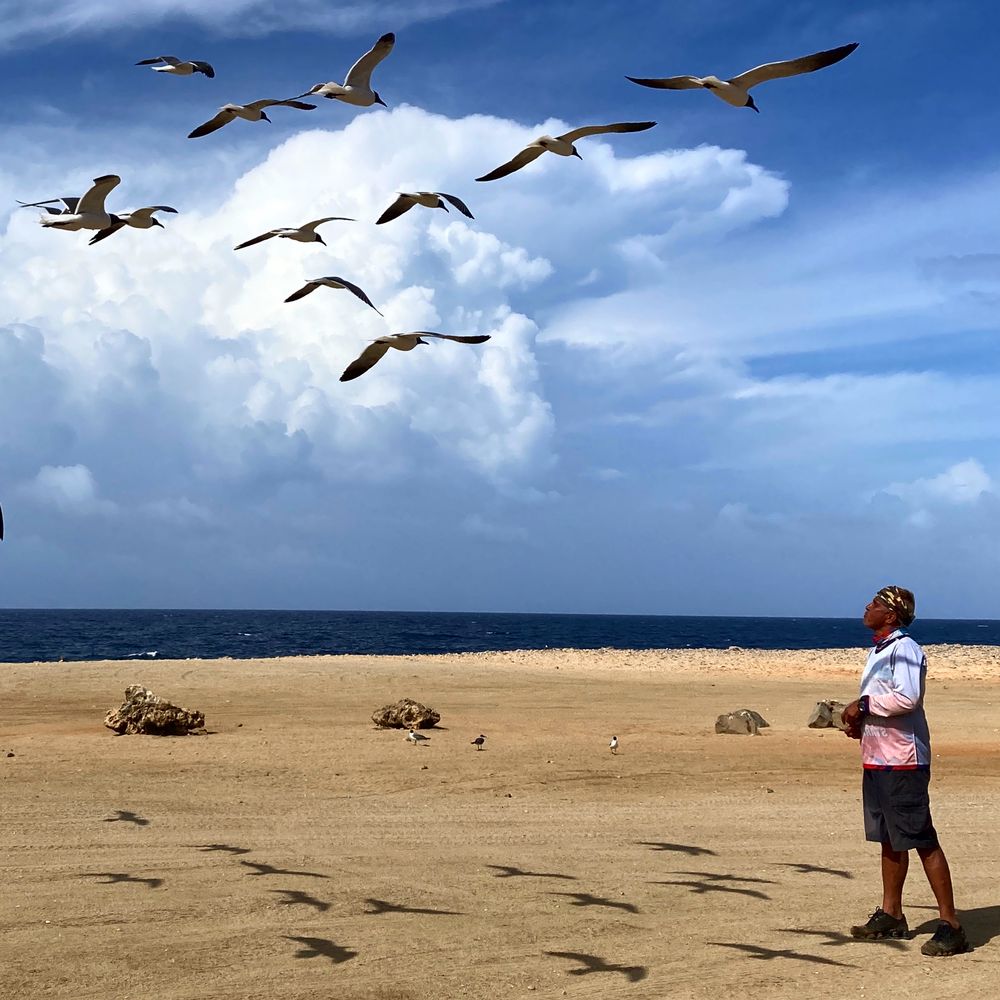

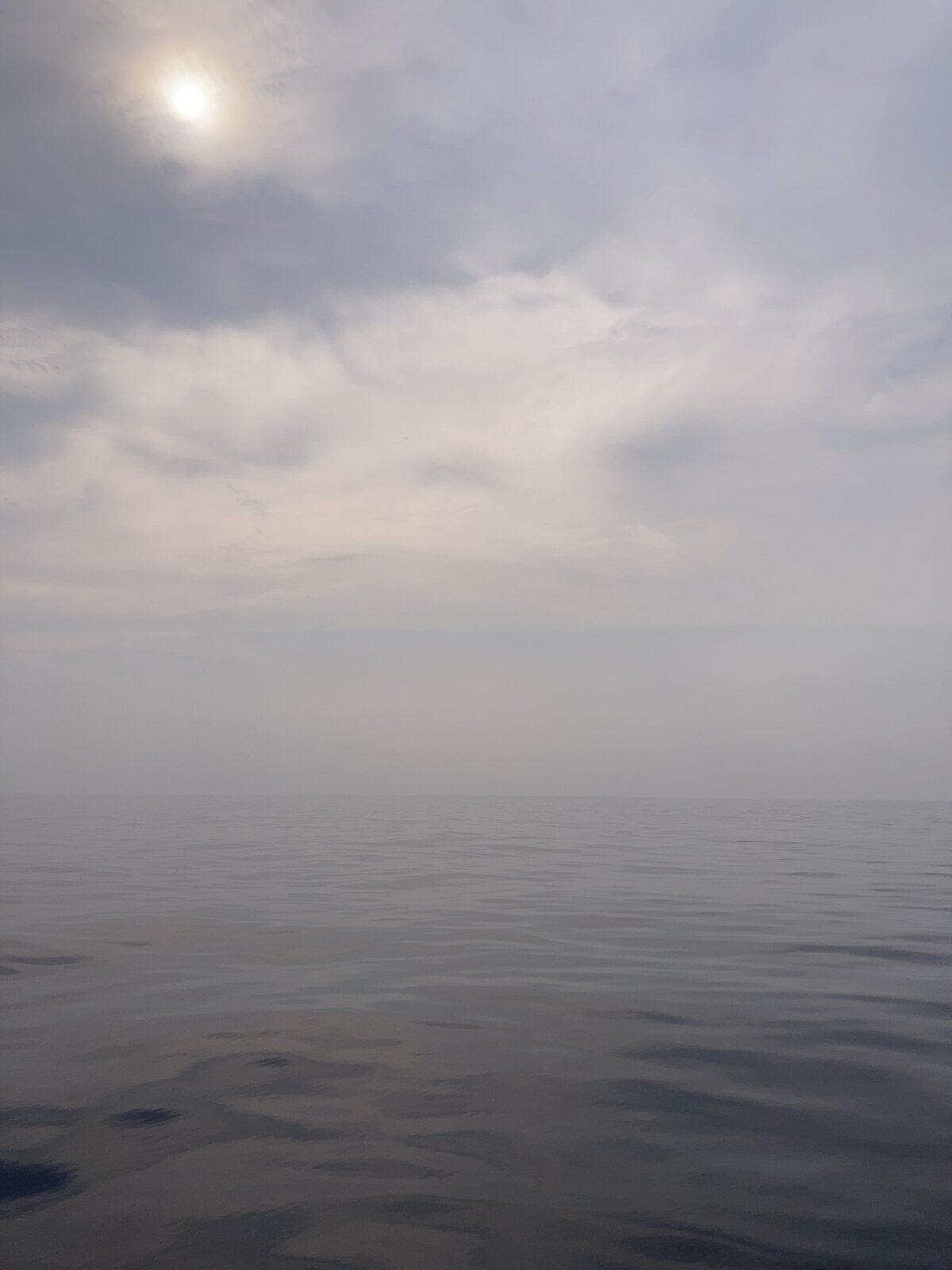
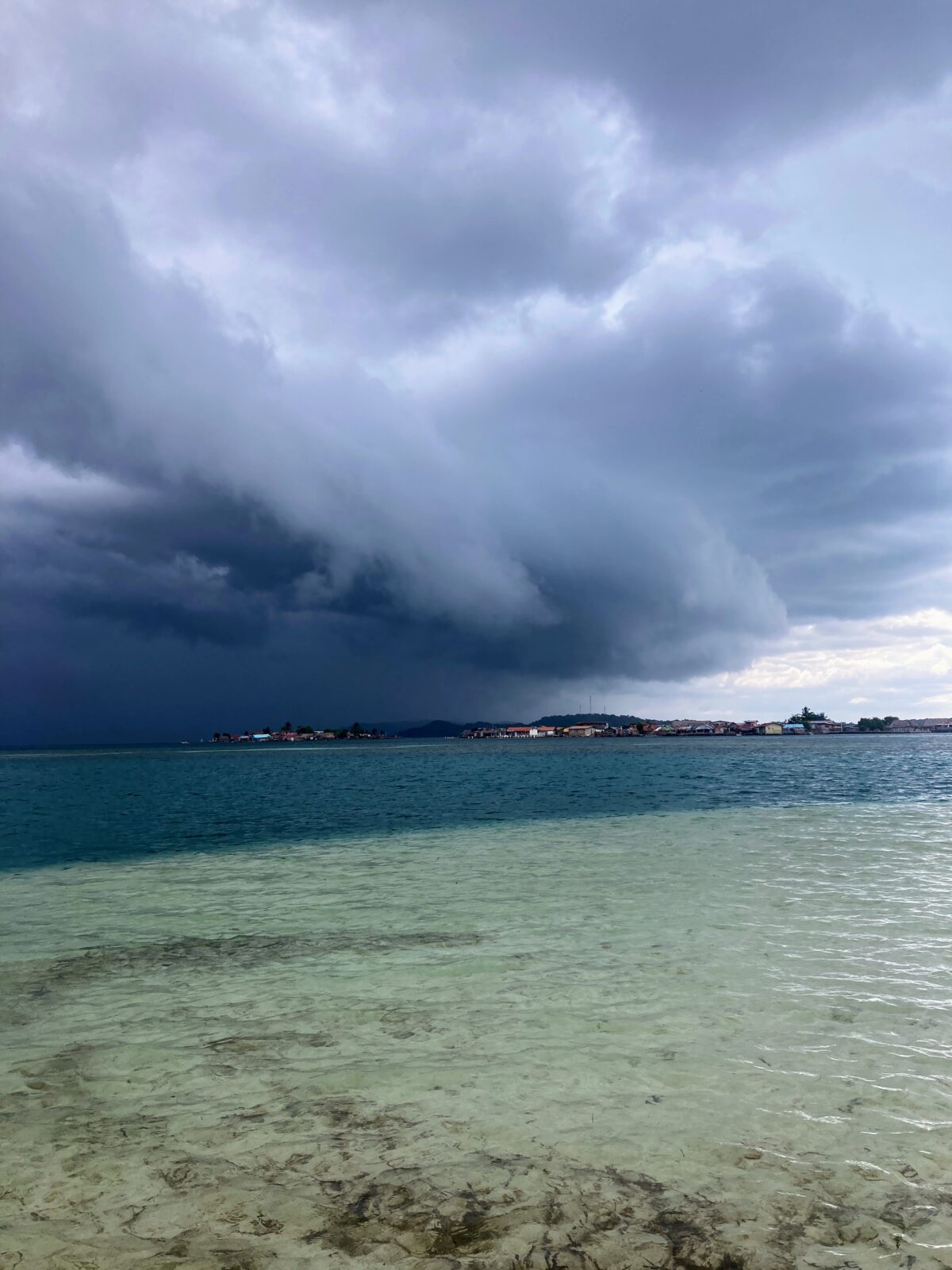


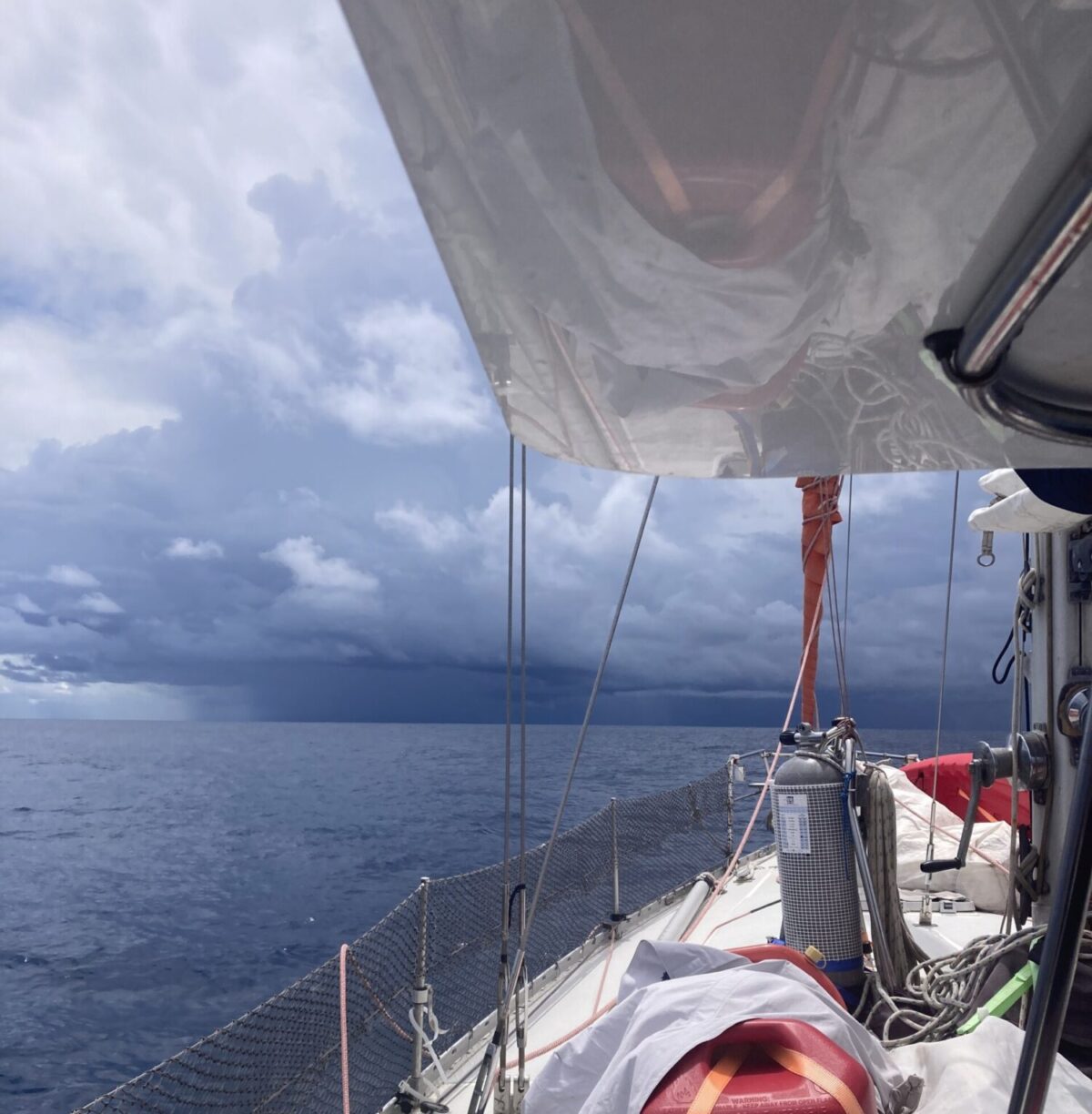


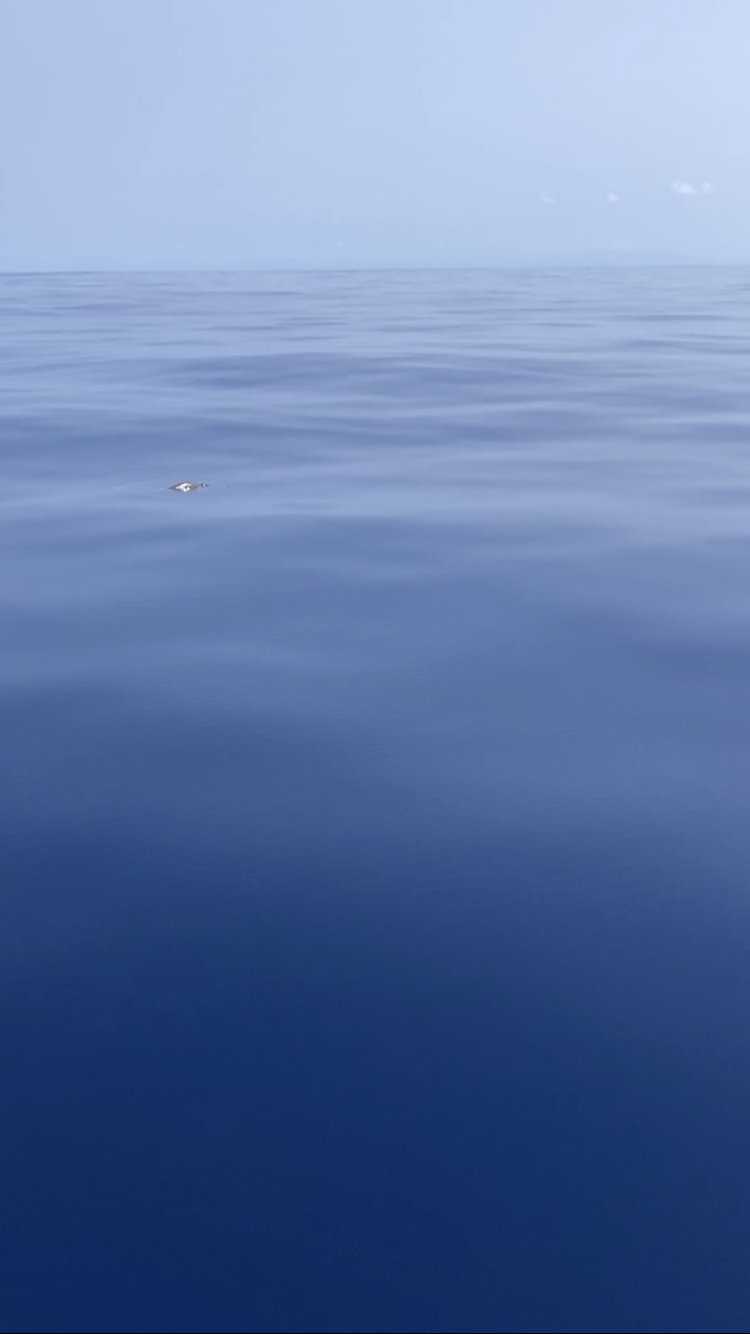


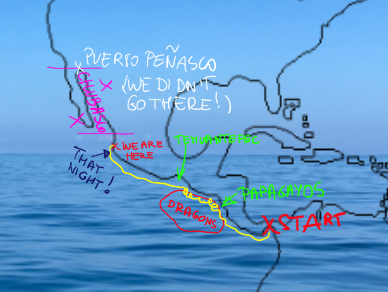



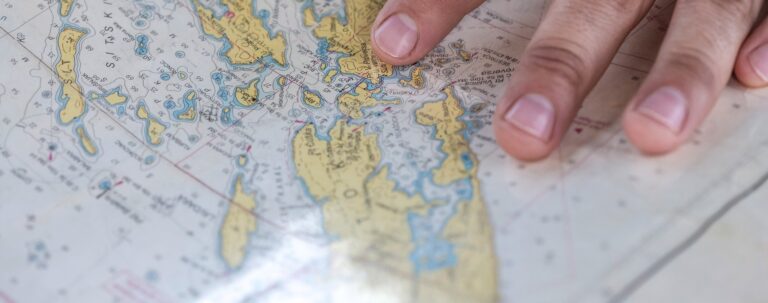



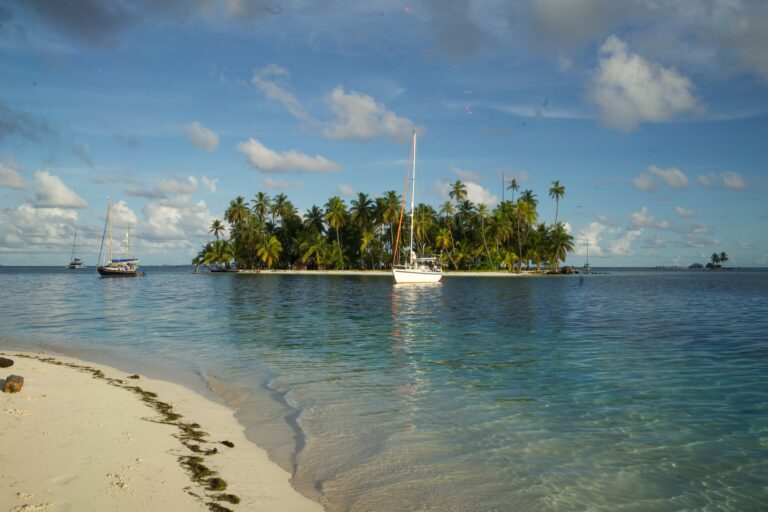

hai stoere familie, jullie verhaal doet me herinneren aan de keren dat ik onze collegae, waarschuwde om geen horizontale ventilatie in of uitlaten te maken, omdat een regenbuitje in Nederland nu eenmaal niet zo heftig is als in de tropen, en de afwatering van dat soort horizontale openingen zeer lastig is om de boot niet vol te laten lopen. Zo erg als jullie het beschrijven heb ik het nooit meegemaakt, maar ik kan me er wel een voorstelling van maken. Ik hoop dat jullie dit soort weersomstandigheden zonder teveel schade en angsten kunnen doorstaan. Het blijft een heel avontuur om in zo’n klein bootje, dit natuurgeweld mee te moeten maken.
Er blijft mij eigenlijk niets anders over dat ik jullie een goede en behouden vaart toe wens. En zoveel als mogelijk van jullie reis kunnen blijven genieten.
Jullie zullen dit stukje vast wel naar het Engels kunnen vertalen, en anders doe ik het de volgende keer gewoon weer in het Engels, Pools wordt lastig!
Hartelijke Groet
Hoi Dolf!
Ik denk dat ik nog steeds Nederlands kan spreken en begrijpen, maar dat zullen we weten als ik naar Nederland kom. Misschien volgend jaar! Bedankt voor je opmerking en berichtje! Regen hier is inderdaad anders dan in Nederland!
Warme groetjes! Kasia